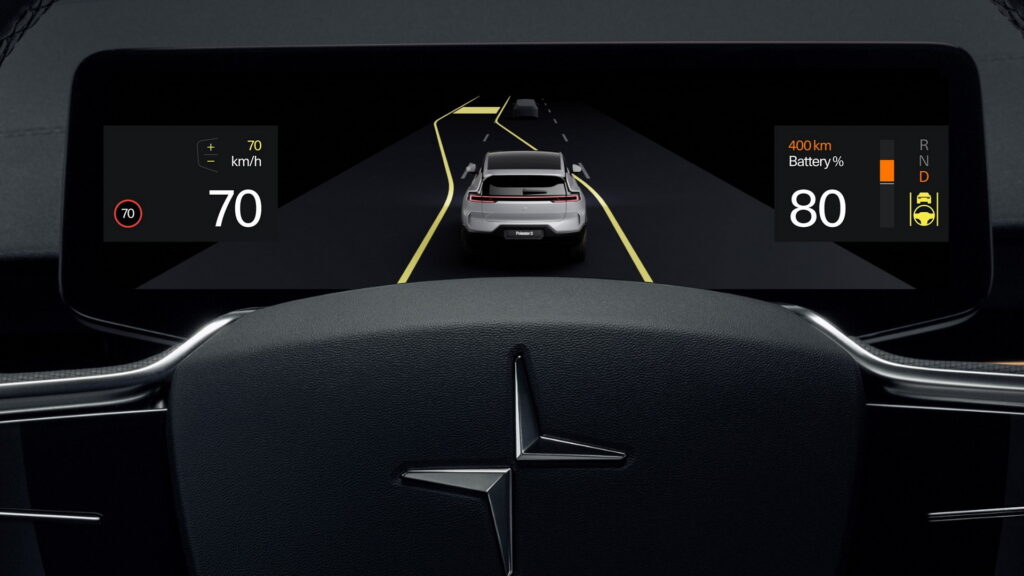Volvo and Polestar announced today at CES that they will be the first automakers to introduce Google’s new high-definition mapping technology to their vehicles. Starting with the Polestar 3, the automakers claim that the technology will improve advanced driver assistance technologies.
“Building on our long history of mapping the world, Google’s new HD map is designed specifically for automakers and provides comprehensive lane-level and localization data that is crucial to powering the next generation of assisted and autonomous driving systems,” said Jorgen Behrens, VP of Geo Automotive, Google.
After the Polestar 3, the new Google technology will also be found in the upcoming Volvo EX90. Thanks to HD maps’ high precision data, featuring details like road signs and lane markings, the technology will help the automakers develop better advanced driver assistance functions.
Read: 2024 Volvo EX90 Makes North American Debut At CES
Specifically, Volvo says that the technology will help features like lane change assistance and its Pilot Assist technology. Looking forward, the HD maps will be an important tool in the rollout of autonomous driving technologies.
While onboard LiDAR and radar sensors, as well as cameras will help Volvo and Polestar’s coming vehicles navigate their immediate surroundings, the detailed data provided by Google’s HD maps will help vehicles prepare for what’s farther down the road.
“The addition of Google HD Maps in our future car line-up marks an expansion of our strategic collaboration with Google, reflecting our commitment to work with technology leaders,” says Javier Varela, Volvo’s COO and Deputy CEO. “Implementing Google HD Maps in our upcoming cars will help us offer our drivers a more enjoyable driving experience and in future contribute to the introduction of safe autonomous driving.”
Elsewhere, Polestar announced today that it will now begin rolling out remote actions through Google Assistant on the Polestar 2. With that, the EV’s owners will be able to use any device with Google Assistant capabilities to check their vehicle’s battery status, unlock doors, or start warming up their cabin, among other features.
“These developments are the direct result of our strong relationship with Google and show the advantages of integrating the innovative Android Automotive OS in our cars,” said Polestar CEO Thomas Ingenlath .











